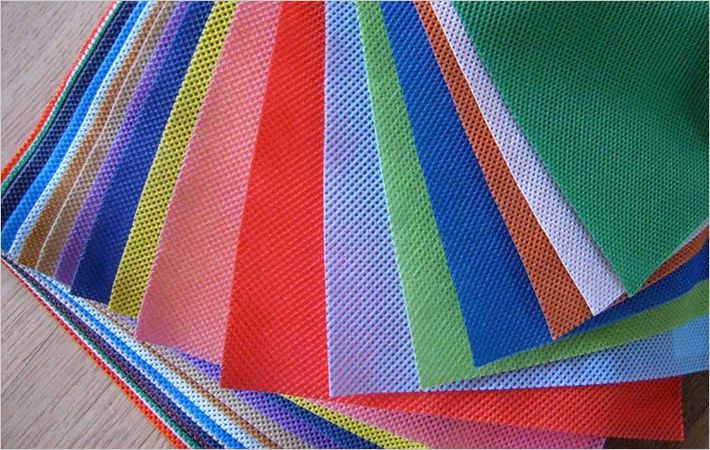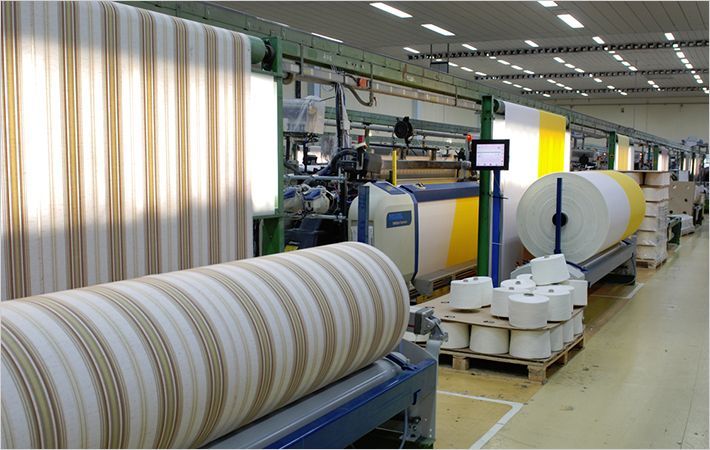From 5 – 300 t per day; one-step or two-step technology; polypropylene, polyester, recycled polyester, polyamide and more; commodity or special applications, the Oerlikon Manmade Fibers segment displayed its solutions at the expo.
The compact Staple FORCE S 1000 on display was specifically designed for the economic production of staple fibres in small batch sizes of up to 15 tons per day. The plant not only impresses with its low initial investment and its compact construction. By replacing the conventional steam and water baths with a dry drawing process over godets, the energy costs are considerably reduced.
The company also showed the inline technology, that includes the spinning operation and the subsequent drawing in one process step. With the compact construction, it is possible to produce staple fibre capacities of up to 80 tons per day. The applications range from fibres for geotextiles, filtration applications or hygiene applications to reinforcement fibres through to fibres for automotive applications, according to a press release.
A major competitive advantage of the 300 tons per day staple fibre plant for commodity fibres from Oerlikon Neumag is the considerably higher profitability per ton compared to smaller plants, which relies heavily on the energy efficiency of the new large-scale plant.
Oerlikon Neumag technology also offers a further advantage with the possibility of colouring fibres directly in the spinning process. Because the large plants are always connected to a polycondensation plant, fibres cannot be coloured until processing. With side stream extrusion, however, the master batch can be mixed directly into the spinning process. This means, for example, that black fibres can be produced directly. Later colouring is no longer necessary.
The company also offered solutions for self-crimping fibres, binding fibres, super microfibers and hollow fibres, for example. Examples of bicomponent fibres are sheath/core, side-by-side, island in the sea or trilobal.(GK)
Fibre2fashion News Desk - India

